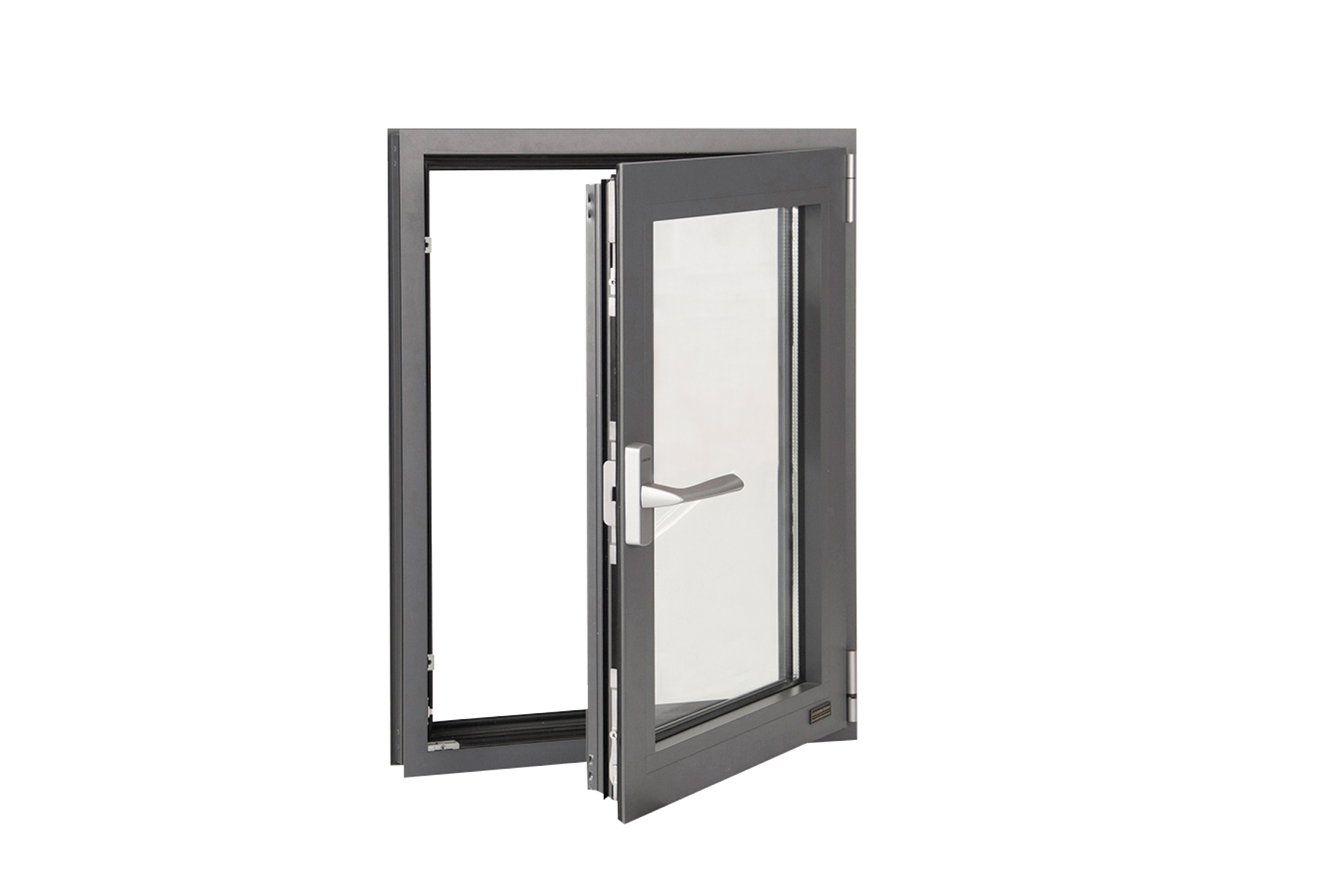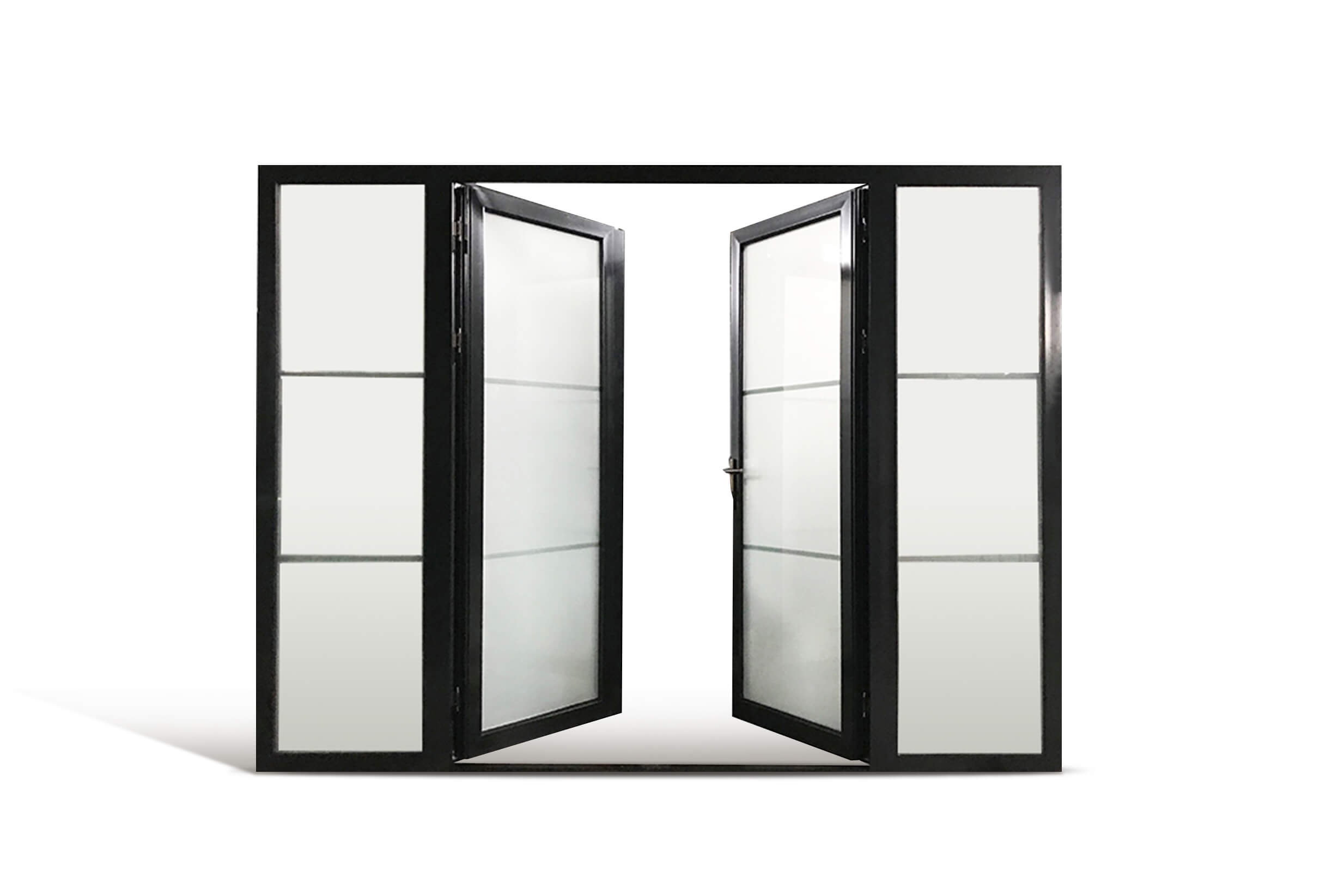Suicide Doors: The Epitome of Automotive Elegance
In the world of automotive design, few features have encapsulated the essence of elegance and uniqueness as seamlessly as suicide doors. These distinctively styled doors hinge at the rear, opening in the opposite direction to conventional doors. In this article, we explore the history, resurgence, and appeal of suicide doors in the automotive industry.
A Glimpse into the Past
Originally popularized in the early 1900s, suicide doors were commonly seen in luxury automobiles and classic cars. The term "suicide doors" derived from the potential danger associated with them; if not properly closed, they could open unintentionally while the vehicle was in motion. Despite this concern, many manufacturers embraced suicide doors due to their unconventional and eye-catching design.
The Evolution and Decline
As the automotive industry progressed, safety regulations became more stringent. The increased risk of passengers being ejected from open doors during accidents led to a decline in the popularity of suicide doors. By the mid-1960s, most manufacturers had phased them out in favor of conventional front-hinged doors.
The Resurgence in Modern Times
Recently, there has been a resurgence of interest in suicide doors, especially among luxury automakers. With advanced safety features and meticulous engineering, modern suicide doors have mitigated the risks associated with their historical counterparts.
Design Advantages of Suicide Doors
Suicide doors offer numerous design advantages that set them apart from traditional doors. Firstly, they provide easier access to the back seat, overcoming the limitations posed by a conventional single-hinged rear door. This feature particularly benefits chauffeur-driven vehicles, making it more convenient for passengers to enter and exit.
Moreover, suicide doors create a sense of grandeur and exclusivity. They exude an aura of style and sophistication, giving vehicles a unique and distinguished appearance. This distinctive design choice has become synonymous with luxury brands, often setting them apart from their competitors.
The Impact on Automotive Aesthetics
When it comes to aesthetics, suicide doors bring about a harmonious balance in vehicle proportions. The symmetrical opening of both front and rear doors creates a visually pleasing and balanced look once the doors are open. This unique configuration enhances the overall appearance of automobiles, transforming them into instant head-turners.
Considerations and Limitations
While suicide doors offer many advantages, some considerations and limitations exist. Due to their complex mechanism, these doors can be more expensive to manufacture and maintain. Additionally, parking in cramped spaces can present challenges as the rear doors require sufficient clearance to open safely.
The Future of Suicide Doors
As automotive design continues to evolve, suicide doors are likely to remain an exclusive feature in luxury and concept cars. Despite their limited mass-market appeal, the allure and sophistication associated with suicide doors make them a sought-after choice for discerning car enthusiasts.
Conclusion
In conclusion, suicide doors embody the epitome of automotive elegance. From their rich history to their resurgence in modern times, these doors have left an indelible mark on the industry. Offering convenience, style, and a touch of nostalgia, suicide doors continue to captivate automotive enthusiasts and serve as an emblem of luxurious transportation.
custom suicide doors

 Picture Windows
Picture Windows Single Double Hung Windows
Single Double Hung Windows Tilt & Turn Windows
Tilt & Turn Windows Sliding Windows
Sliding Windows Bi-Fold Windows
Bi-Fold Windows Gliding Patio Doors
Gliding Patio Doors Bi-Fold Doors
Bi-Fold Doors Lift and Slide
Lift and Slide  Entry Doors
Entry Doors Swinging Doors
Swinging Doors




.jpg)
.jpg)